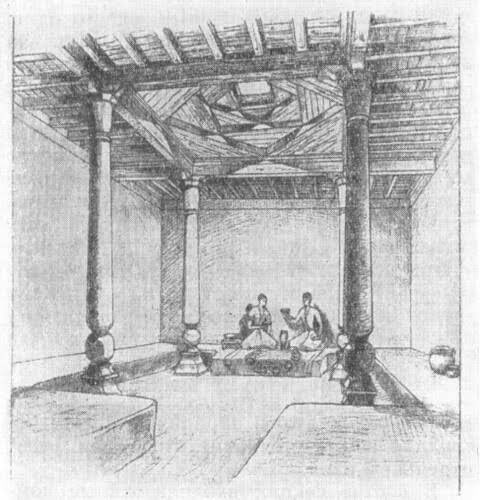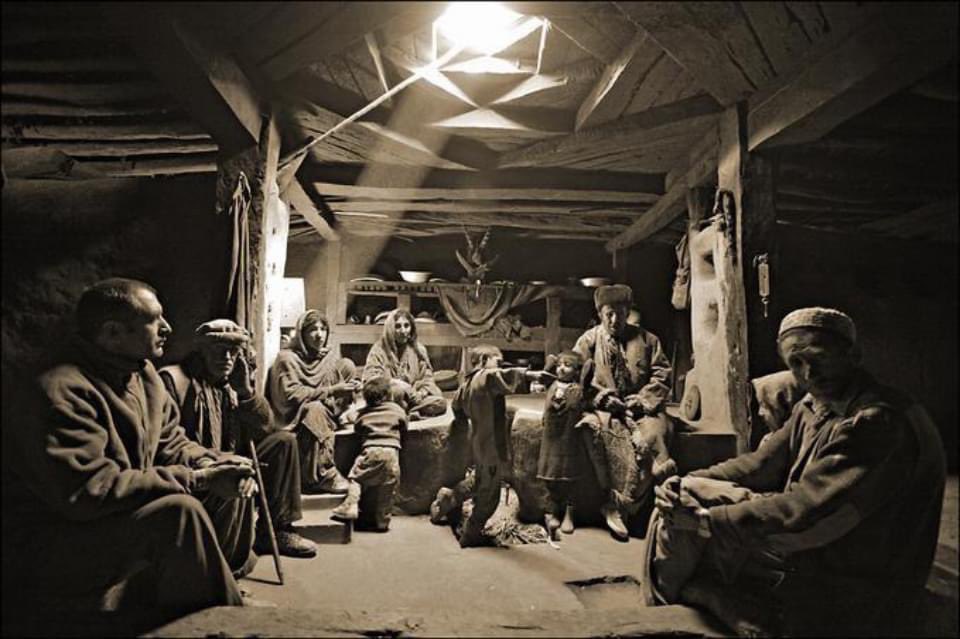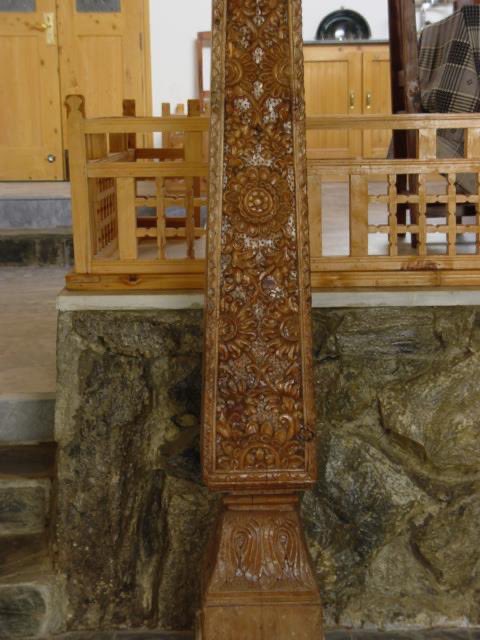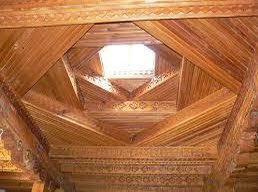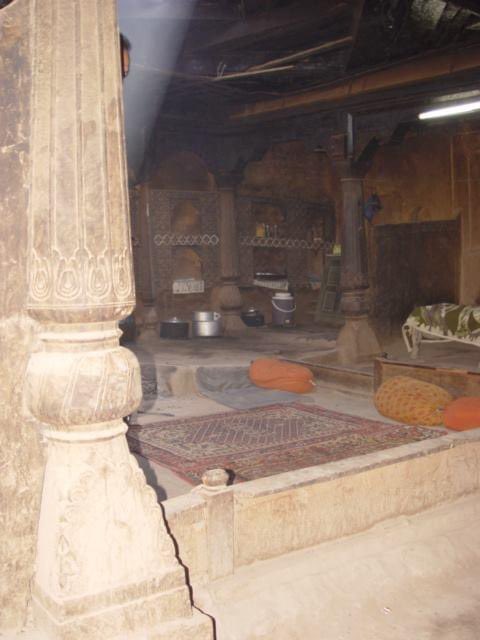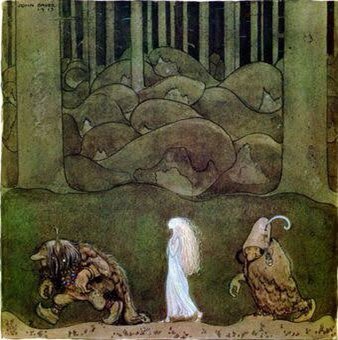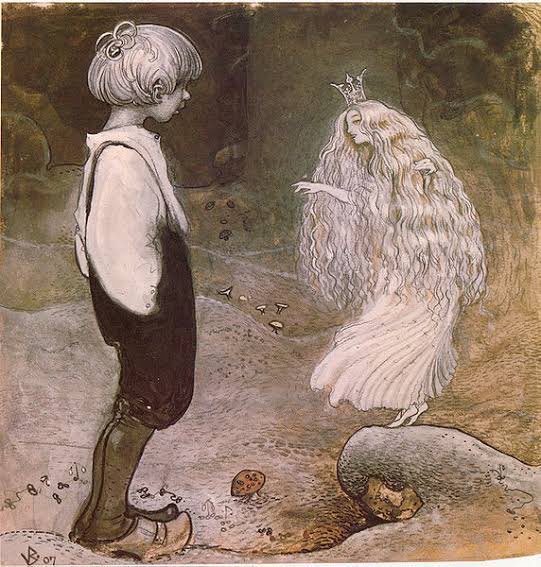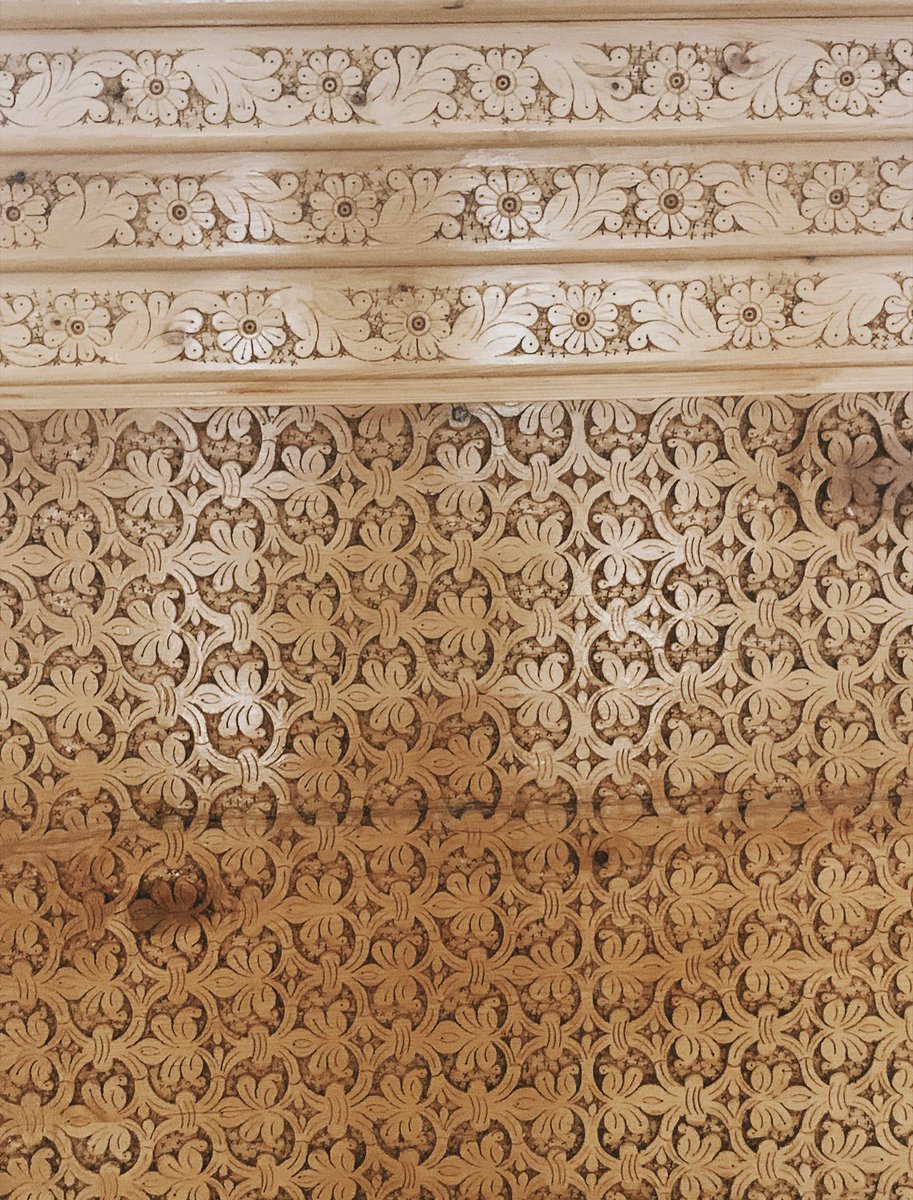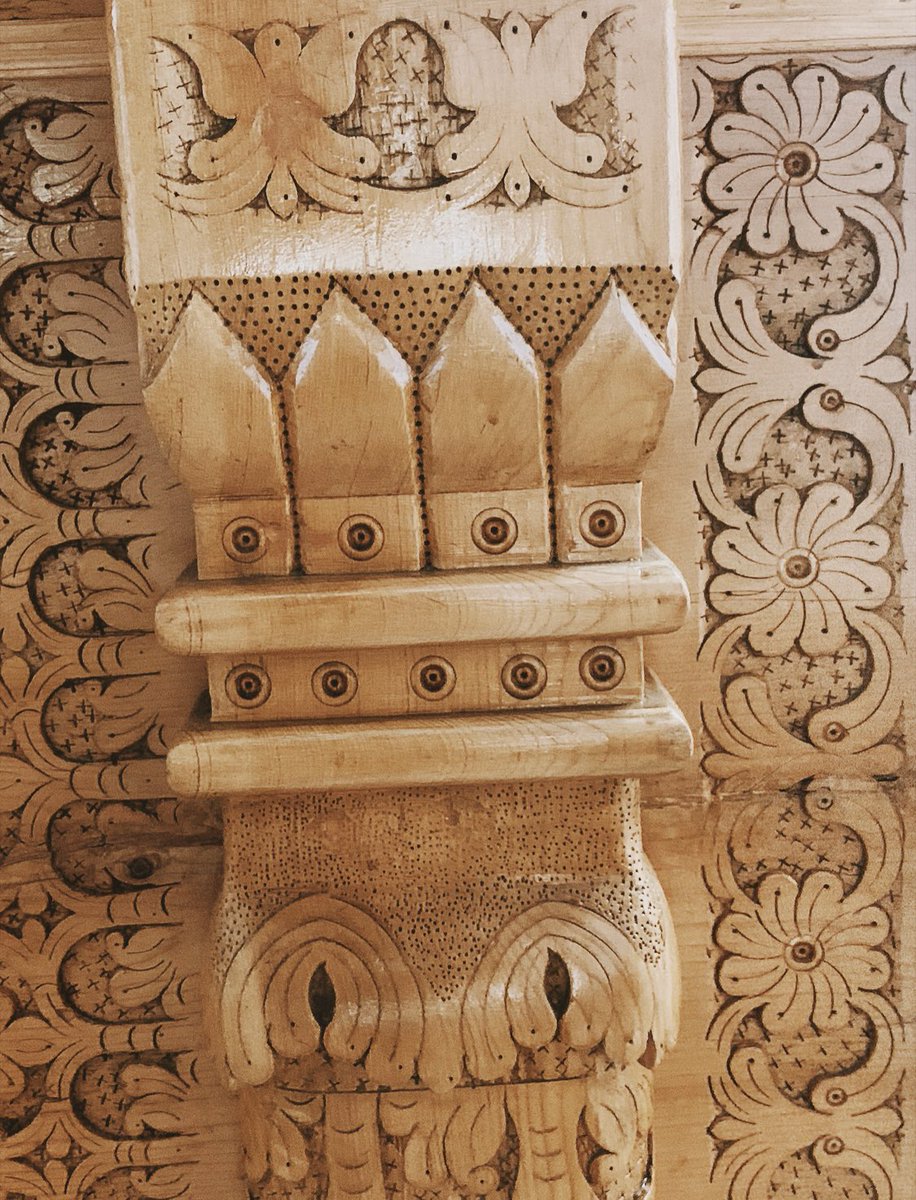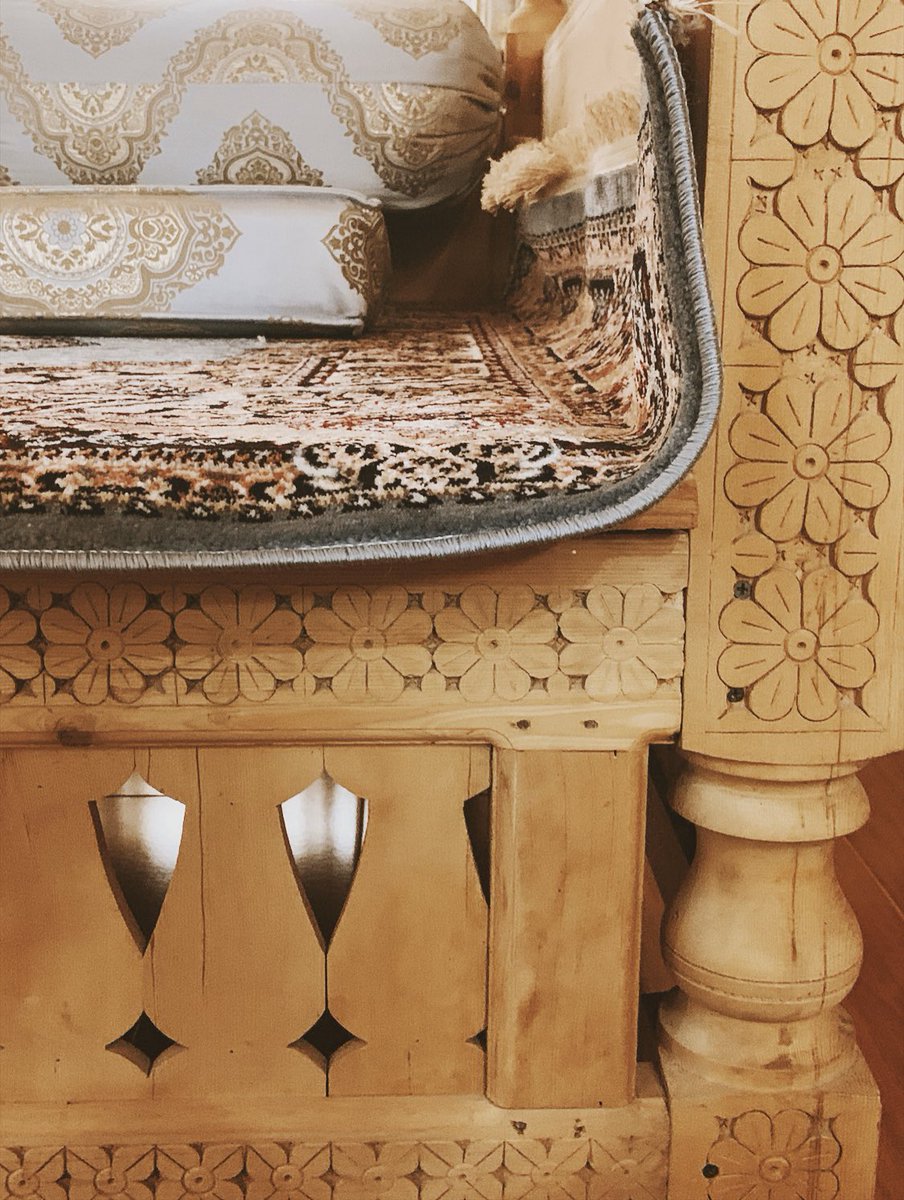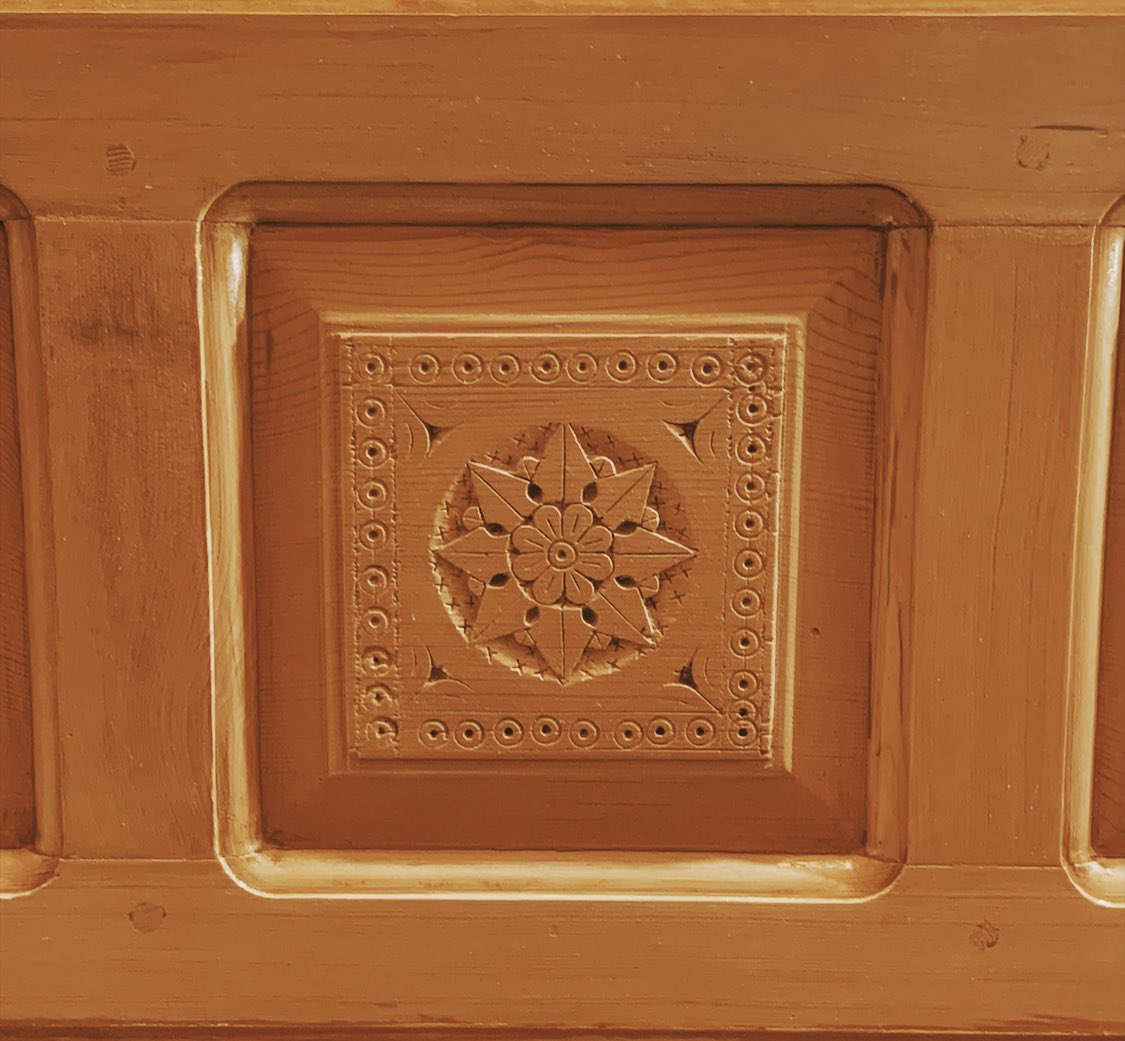It was only recently that I discovered that the architecture of our houses in Chitral and Gilgit Baltistan comes from ancient Sogdian architecture.
But what makes it interesting is that us Chitralis made an addition to it, something to do with a hearth, levels and a fairy. 1/n
But what makes it interesting is that us Chitralis made an addition to it, something to do with a hearth, levels and a fairy. 1/n
Now the houses in Chitral had a central room known as the Baipash, possibly meaning ‘no roof’.
It used to be beautifully decorated with 4 pillars and one behind the main hearth known as the Shero Thoon (Lion’s Pillar).
The roof between them was decorated with -
It used to be beautifully decorated with 4 pillars and one behind the main hearth known as the Shero Thoon (Lion’s Pillar).
The roof between them was decorated with -
Diagonal squares, one on top of the other, spiralling inside until it opened to the hole. This was known as the ‘Gherarum’ meaning Whirl.
And this all was centred around the main hearth called Dirang which further segregated the room into levels, signifying status.
And this all was centred around the main hearth called Dirang which further segregated the room into levels, signifying status.
You see your proximity to the hearth signified your status. Your age, your profession, your skills, your prowess, and your relation to the host decided which level you’d get to sit in the room on.
Often a man would promote his sons when they brought respect to the family.
Often a man would promote his sons when they brought respect to the family.
The order used to be in a descending manner, the owner sat closest to the hearth, the least important person would sit the farthest.
But sitting too close to the hearth had a catch, you had to deal with the Ferutis; the hearth fairy of Chitral.
But sitting too close to the hearth had a catch, you had to deal with the Ferutis; the hearth fairy of Chitral.
This little fairy wasn’t malevolent but was extremely mischievous. She’d often tease the owner, wake him up, or steal his belongings and keep them in the hearth. So for the owner, status was equal to dealing with the pranks of the ferutis.
Of my own research; the Ferutis is almost identical to the Geancanach of Irish mythology. I’ve written extensively on Chitral’s mythology. An article would soon be a out, in shaa allah.
But coming back, a question is raised, why were people so interested in the hearth?
But coming back, a question is raised, why were people so interested in the hearth?
Well there are 2 theories. One is that due to the climate of Chitral, the entire winter was spent inside the room. And obviously the hearth being the primary source of heat and at the centre of the room, developed some sort of a reverence for itself in Chitral.
For others, they believe that taking the amount of fire superstitions that were linked to the hearth, it could be relics of Fire worship and possibly Zoroastrianism. There are certain practices in Chitral which show that Zoroastrianism might’ve touched the places centuries ago.

 Read on Twitter
Read on Twitter